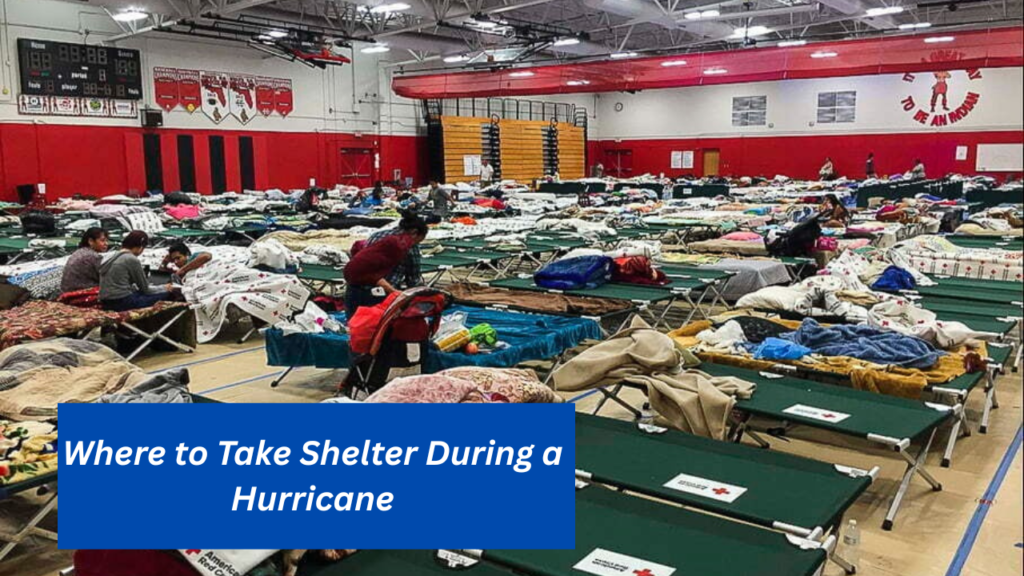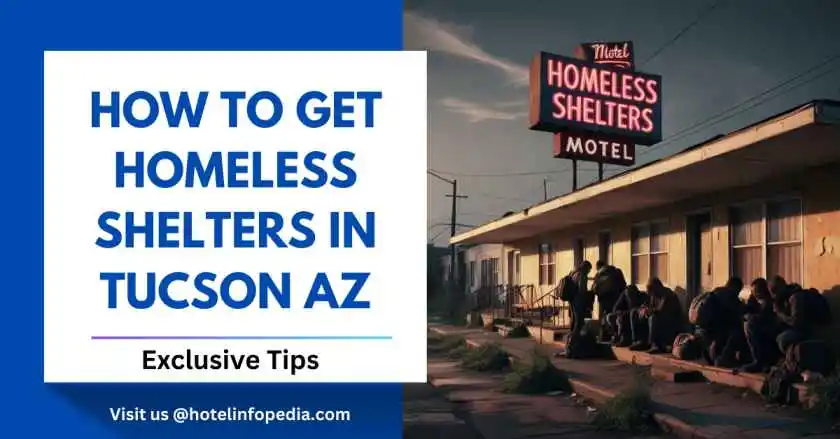When a hurricane approaches, knowing where to take shelter can mean the difference between safety and danger. Every year, hurricanes cause massive damage to coastal regions across the United States. But while we can’t stop nature, we can prepare. This article explains everything you need to know about safe shelter options during a hurricane, clearly and simply, with tips that could save your life.
Why Shelter Matters During a Hurricane
Hurricanes bring strong winds, debris, torrential rains, and storm surge. These conditions can destroy homes, flood neighborhoods, and block roads. That’s why it’s crucial to have a safe place to go before the storm hits.
Types of Hurricane Shelters

1. Public Hurricane Shelters
These are typically run by local or state emergency management departments. They are designed to house large numbers of people and provide basic needs like food, water, and bedding. You’ll find them located in schools, gyms, or community centers.
FEMA Safe Rooms
FEMA-approved safe rooms are specially built to withstand hurricane-strength winds and debris. Some communities have them in public buildings. If you live in a hurricane-prone area, you might even have one in your home or neighborhood.
Community Storm Shelters
Like FEMA rooms, community storm shelters are reinforced buildings. They are not as common, but many new housing developments include access to them. Check with your local municipality to find a safe room near you.
Safe Rooms in Your Home
If your home was built to hurricane-resistant standards or you have installed a safe room, you may not need to evacuate. However, this only applies if your area is not under mandatory evacuation and your home is outside of flood zones.
Related Articles:
Are Hotels Safe During Hurricane?
Can I Go to Hurricane Shelter Any Time of Night
How to Find a Hurricane Shelter Near You
Local Government Resources
Start with your city or county emergency management office. Most have updated lists of shelters on their websites or social media. They often post maps, hours, and policies.
Red Cross and Other NGOs
The American Red Cross operates many shelters during storms. You can find open shelters through their website or mobile app. The Salvation Army and United Way are also helpful resources.
FEMA Mobile App and Alerts
Download the FEMA app. It provides real-time alerts, shelter locations, and other emergency advice. Activate notifications for your area to stay ahead of the storm.
Preparing to Go to a Shelter
What to Pack?
Don’t expect luxuries. Pack the essentials:
- Identification and important documents
- Medications
- Food/snacks
- Water
- Flashlight
- Clothing
- Chargers and power banks
- Hygiene products
Special considerations (elderly, disabled, pets)
If someone in your home has mobility issues or medical needs, plan ahead. Contact your local emergency management office for information on special needs shelters.
Not all shelters accept pets. Check first. Some offer pet-friendly areas, but you’ll typically need a carrier, leash, and food.
Transportation planning
If you don’t have a car, check if your city offers evacuation transportation. Many do during declared emergencies. Don’t wait until the last minute.
Shelter Guidelines During a Hurricane
What to Expect Inside a Shelter
Imagine camping in an enclosed space with strangers. You’ll have the basics, but it won’t be comfortable. There may be cots, but bring a blanket just in case.
Following Safety Rules and Protocols
Shelters have rules to ensure everyone’s safety. These include curfews, movement restrictions, and designated areas. Follow the instructions of staff and volunteers.
Shelter Etiquette
Be respectful. Reduce noise. Share the space fairly. Clean up after using the shelter. And be kind: we’re all stressed.
Alternatives to Traditional Shelters
Staying with Family or Friends
Sometimes the safest (and most comfortable) place is at a friend’s or relative’s house inland or outside the storm zone. Just make sure the house is secure and well-stocked.
Hotels or Motels
If you can afford it, some people choose to stay in a hotel away from the storm. Just make sure to book in advance; They fill up quickly as soon as evacuation orders are issued.
Emergency Evacuation Routes and Centers
Cities post evacuation routes in advance. You will often find evacuation centers along those routes. These may be safer for those who leave early.
After the Storm: Returning Home Safely
Listen to Local Authorities
Wait until they tell you it’s safe. Returning too soon can be deadly. Roads may be flooded and power lines may be down.
Hazard Check
Watch for:
- Gas leaks
- Electrical problems
- Structural damage
- Contaminated water
- Only enter if your home is safe.
Insurance and Damage Documentation
Take photos of everything. Call your insurance company as soon as possible. Keep all receipts if you had to stay somewhere else or replace items.
Special Considerations
For People with Disabilities
Make sure you know where shelters for people with special needs are. They usually have emergency power, medical assistance, and accessible restrooms.
For Pet Owners
Find out where local pet-friendly shelters are. Pack enough food, a carrier, and your pet’s medical history.
For Families with Young Children
Bring games, books, and snacks. Explain what’s happening in simple terms. Try to maintain routines like mealtimes and bedtimes, even in chaotic situations.
Conclusion
When a hurricane approaches, timing is everything. Don’t wait. Know where to go, what to bring, and how to keep your family safe. Whether it’s a public shelter, a friend’s house, or a hotel, the important thing is to stay out of harm’s way.
Stay prepared, calm, and safe.
FAQs
What should I bring to a hurricane shelter?
Bring identification, medications, clothing, water, snacks, hygiene items, and important documents. Don’t forget carriers and something to entertain yourself.
Can I bring my pet to a shelter?
Some shelters allow pets, but not all. Always check in advance and bring a leash, carrier, food, and proof of vaccinations.
Are hurricane shelters safe during severe storms?
Yes. They are built or selected for safety and are usually reinforced. They are much safer than staying in a flood-prone or poorly constructed home.
How do I know when it’s time to evacuate?
Follow local emergency alerts, radio, or television. If an evacuation order is issued, don’t wait—leave quickly.
What if I can’t find a shelter?
Call local emergency services. They can direct you to available shelters. You can also use the FEMA or Red Cross apps for real-time information.


